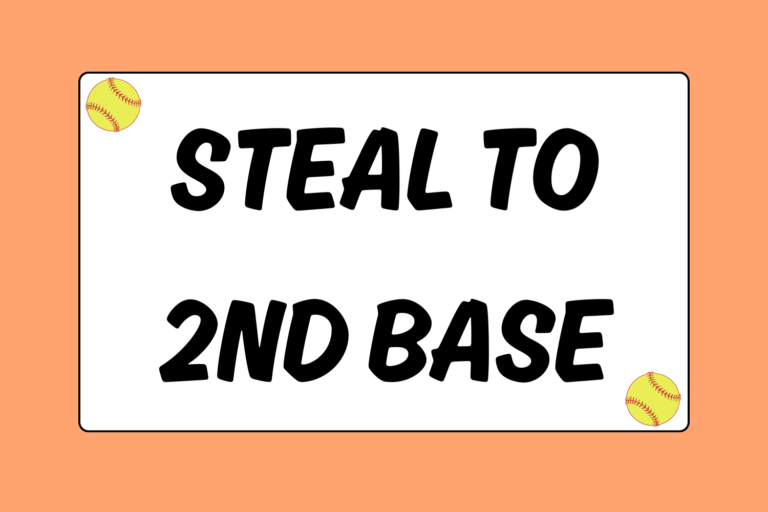Bunts are a huge part of softball. If you play first base, third base, pitcher, or catcher, you’ll see them quite often. That’s why you need to know how to field bunts as quickly and as efficiently as possible. As an offensive strategy, most teams assume that if a bunt is called, the players on defense will try to throw out the batter, not the lead runner. When done quickly, though, you can get that lead runner! Keep reading for tips on how to field a bunt as efficiently as possible.
The Traditional Way
The traditional way to field a bunt, regardless of position, is to crash hard, scoop up the ball, and make the throw to first base or to whichever base the lead runner is headed towards. Every second is crucial, so you need to do all of this as quickly and cleanly as you can. Below are a few tips that can help you hasten the process:
- First basemen turn glove-side: First basemen, whether left- or right-handed, need to be able to crash hard, scoop the ball up, turn toward their glove-side, and throw without needing to take more than one step. Often, an accurate side-armed throw will work. If the lead runner can be thrown out, she should be.
- Third basemen pick up the ball, step, and throw: Third basemen need to crash hard, scoop up the ball, and continue stepping toward first base as they throw. Most of the time, these throws may need to be on the run.
- Pitchers (last resort), pick up the ball, step, and throw: Though the pitcher is the last person who should be fielding bunts, she needs to be able to crash hard, scoop the ball up, and make the throw within one step.
- Use your bare hand on very slow rollers: If the ball drops dead on the dirt (meaning, it is not moving), go ahead and use your throwing hand to field it. Since it’s not moving, there is no risk in using your bare hand to pick the ball up.
- Get that lead runner: If the bunt is hard, try to throw out that lead runner. You’ve got to crash hard, though! Scoop the ball up, get your feet in position and throw. Generally, you’ll be throwing to second base, but be ready to throw to third, too.
Mental Edge
As mentioned before, the pitcher should be the last person fielding a bunt. In order for her to field the bunt, she has to pitch, run straight forward, field the ball, and finally, step towards first base to make the throw. The third baseman, meanwhile, is already running towards first if she fields the bunt. The first baseman, likewise, is already close to the plate after crashing in.
The Advanced Method
There is also an advanced form of fielding a bunt. With this technique, the ball never even goes into your glove’s pocket:
- As soon as the batter squares around to bunt, crash the plate. Stay low as your approach the ball.
- When you get to the ball, turn your glove thumb-side. The outside of your glove’s pocket should be facing the ball.
- Then, using your throwing hand, scoop the ball up against the outside of your glove’s pocket.
- Immediately transfer the ball into your throwing hand and make the throw to first base.
Notice this makes the glove-to-hand transfer time almost instantaneous, because it cuts out the time it takes to get the ball out of your glove.
Hot Tip: You Can Tag the Batter
If there is a runner on base, the first baseman needs to be on her toes. If the bunt is hard enough, she should be able to field the bunt, tag the runner out as she is sprinting down the line, and then immediately turn to throw out the lead runner.
Always Get the Out
When there are runners on base, you don’t always have to throw the ball to first base on a bunt. Especially if you get to the ball fast (regardless of whether you are the first baseman, third baseman, pitcher, or catcher), you may have time to get the lead runner out.
This might not always be the case, but it’s definitely an option worth considering! If you field the bunt with enough time to throw out the lead runner, take the shot! Your teammates should be directing you where to throw, so keep your ears open. The most important thing to know is that with any bunt, there needs to be at least one out made.





